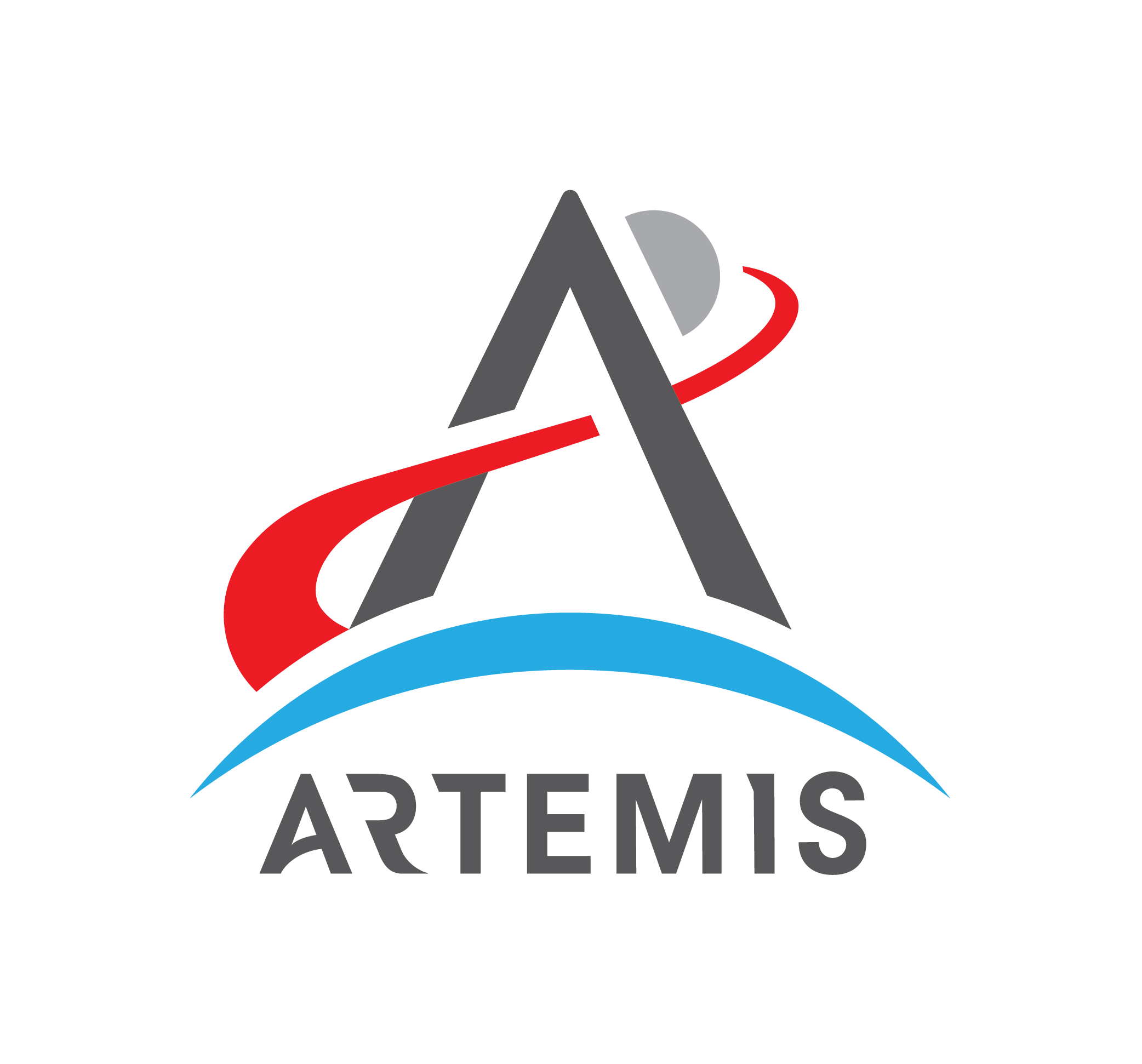NASA is working to fly five CubeSats from international space agencies on the Artemis II test flight, the first crewed mission under NASA’s Artemis campaign.
In a ceremony at the German Space Agency DLR Sept. 18, Catherine Koerner, NASA’s associate administrator for exploration systems development, signed an agreement for Germany to fly TACHELES, a CubeSat that will collect measurements on the effects of the space environment on electrical components to inform technologies for lunar vehicles.
CubeSats are shoebox-sized payloads that have the potential to expand knowledge of the space environment. They will ride to space inside a ring that connects NASA’s Orion spacecraft to the upper stage of the SLS (Space Launch System) rocket. They will be deployed in high Earth orbit after the upper stage detaches from Orion and the spacecraft is safely flying free on its own and a safe distance away from the stage.
By working with other countries to fly CubeSats, NASA is increasing access to space for the international community and enabling its partners to expand scientific and technological knowledge. Although mission success for CubeSats historically has mixed results given their small size and the relatively low cost to develop them, the collaborations provide opportunities for NASA and other countries to work together to integrate and fly technology and experiments as part of Artemis.
NASA will share more details about the additional countries it is working with to fly CubeSats on Artemis II, all of which are countries that have signed the Artemis Accords, as the international agreements are put in place.


